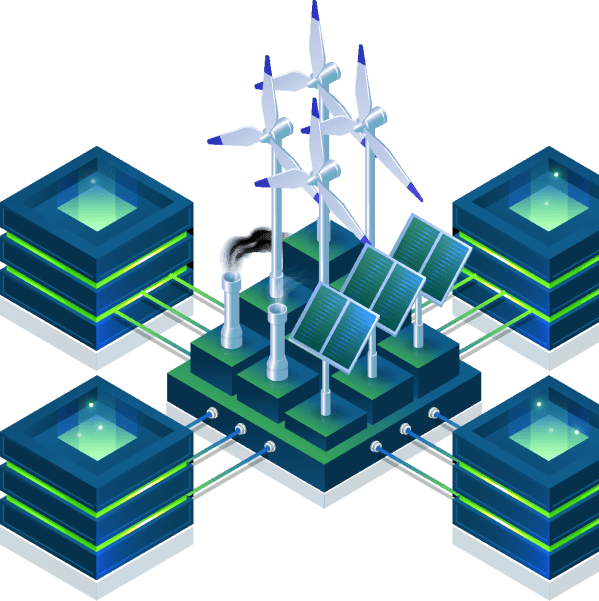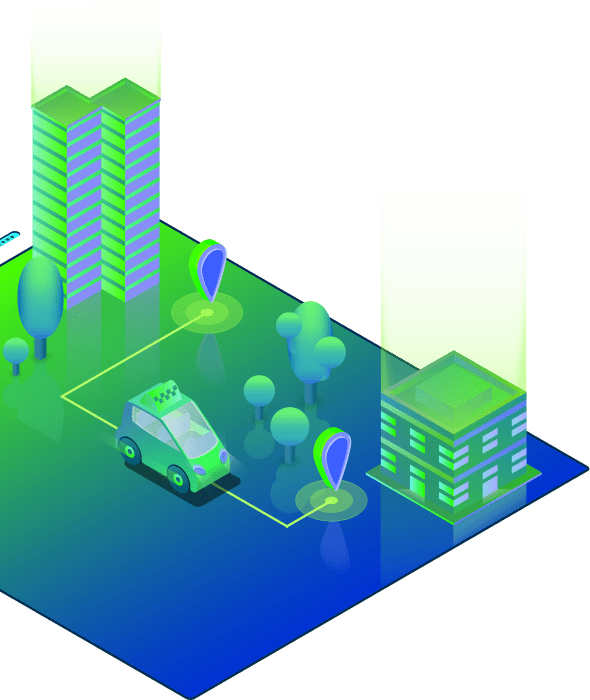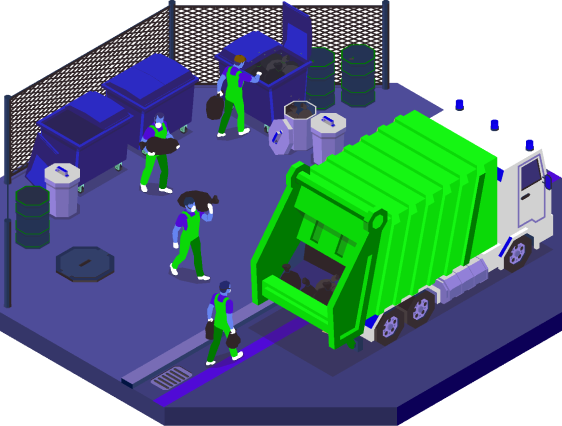The Critical Need for IoT Environmental Monitoring Amidst Climate Change
Climate change is one of the most pressing issues facing the world today. Rising global temperatures, melting ice caps, increasing wildfires, and other extreme weather events are clear signs that the climate is changing rapidly. Monitoring these environmental changes closely is critical to understanding climate change and guiding mitigation strategies. This is where the Internet of Things (IoT) can play a vital role.
IoT Refers to the Growing Network of Connected Devices
The Internet of Things (IoT) refers to the vast network of internet-connected sensors, devices, and systems. IoT-enabled devices use embedded sensors and internet connectivity to collect, exchange, and analyse data. According to a study done by M2M connectivity provider Melita, there has been a massive proliferation of IoT devices in recent years, from smart home appliances to wearables to industrial systems.
It is estimated there are now more than 15 billion connected IoT devices worldwide, and experts believe that the number of connected IoT devices will surpass 25 billion by 2030. This growth presents huge opportunities for environmental monitoring.
Deploying IoT Sensors to Monitor Climate Change Impacts
IoT technology allows for real-time, remote monitoring of environmental conditions at a broad scale. By deploying IoT sensors across ecosystems, valuable data can be gathered to observe climate change in action. Sensors can monitor parameters such as:
- Temperature
- Precipitation
- Wind speed and direction
- Soil moisture
- Water quality metrics
- Air pollution levels
- Sea levels
Advanced IoT devices can also detect natural disasters, deforestation, melting permafrost, coral bleaching, and more. Capturing this high-resolution data across regions provides insights into how environments are being impacted. The data allows scientists to identify warming and weather pattern trends and make more accurate climate change projections.
Enabling Rapid Response to Shifting Conditions
The real-time monitoring capabilities of IoT devices enable rapid response to shifting conditions. If IoT sensors detect accelerated warming or moisture loss in a region, conservationists can quickly intervene to protect ecosystems. During extreme weather events like floods, IoT networks can provide life-saving early warning systems. IoT data dashboards allow agencies to monitor events in real-time and dispatch emergency responders more efficiently. The connectivity of IoT devices ensures environmental changes do not go unnoticed, allowing for proactive responses.

Expanding Monitoring to Remote Areas
IoT technology overcomes geographical barriers to monitoring. In the past, environmental monitoring was limited to locations where recording instruments could be easily accessed for maintenance and data retrieval. IoT devices can be deployed in extremely remote or hazardous regions and transmit data via satellite or mesh networks. This allows for unprecedented monitoring of isolated ecosystems like rainforests and polar ice caps. Researchers can now track climate change impacts in areas where studies have been historically difficult.
Improving Environmental Modelling and Prediction
The insights gleaned from widespread IoT monitoring lead to more accurate climate change models. By feeding real-time data into computer-simulated models, scientists can refine predictions of long-term impacts. Models based solely on theoretical extrapolations often miss nuances only observable through broad empirical monitoring. With climate change accelerating, reliable modelling is essential for climate policymaking and mitigation planning in the coming decades. IoT technologies will enhance researchers’ ability to model complex climate interactions and project future scenarios.
Integrating IoT Data with Big Data Analytics
To fully harness insights from IoT networks, environmental data needs to be integrated with Big Data analytics. Collecting IoT sensor data is only the first step. Storing, processing, and analysing massive datasets is key. Big Data analytics detects subtle patterns and correlations across time and location. Artificial intelligence can identify climate anomalies and generate interactive visualisations. Cloud computing provides the infrastructure to process boundless streams of IoT data. These techniques help interpret observations in a meaningful context and drive data-driven policies.

Overcoming IoT Deployment Challenges
While the potential of IoT environmental monitoring is exciting, there are real-world challenges to implementation. IoT devices need reliable, low-power connectivity – especially in remote areas. Battery life, security, durability, and maintenance requirements must be balanced. Protocols for data management must be established. Partnerships across public and private sectors are essential for coordinating efforts. Despite the hurdles, the technology exists to scale up IoT climate monitoring with the right strategic initiatives.
Sustained Investment Critical for Progress
Expanding environmental IoT monitoring requires sustained investment and policies that encourage technology development. Government initiatives like the United Nations’ Global Innovation Hub for the Sustainable Development Goals are helping drive partnerships and funding. Nonprofits like The Ocean Cleanup are pioneering ambitious IoT deployments. We have the technological tools – but stakeholders must continue investing time and money to fulfill the potential.

With climate change accelerating, the need for comprehensive environmental monitoring is urgent. IoT technology offers solutions, but only with proper implementation. The technology sector must work closely with conservationists, governments, and environmental researchers to deploy monitoring networks worldwide.
While challenges exist, the proactive insights IoT systems can provide are invaluable as the planet faces rising threats. With collaboration and sustained investment, expansive IoT monitoring will become one of our best assets for understanding and responding to dramatic environmental changes that many believe lie ahead, such as global warming and more challenging weather patterns.





